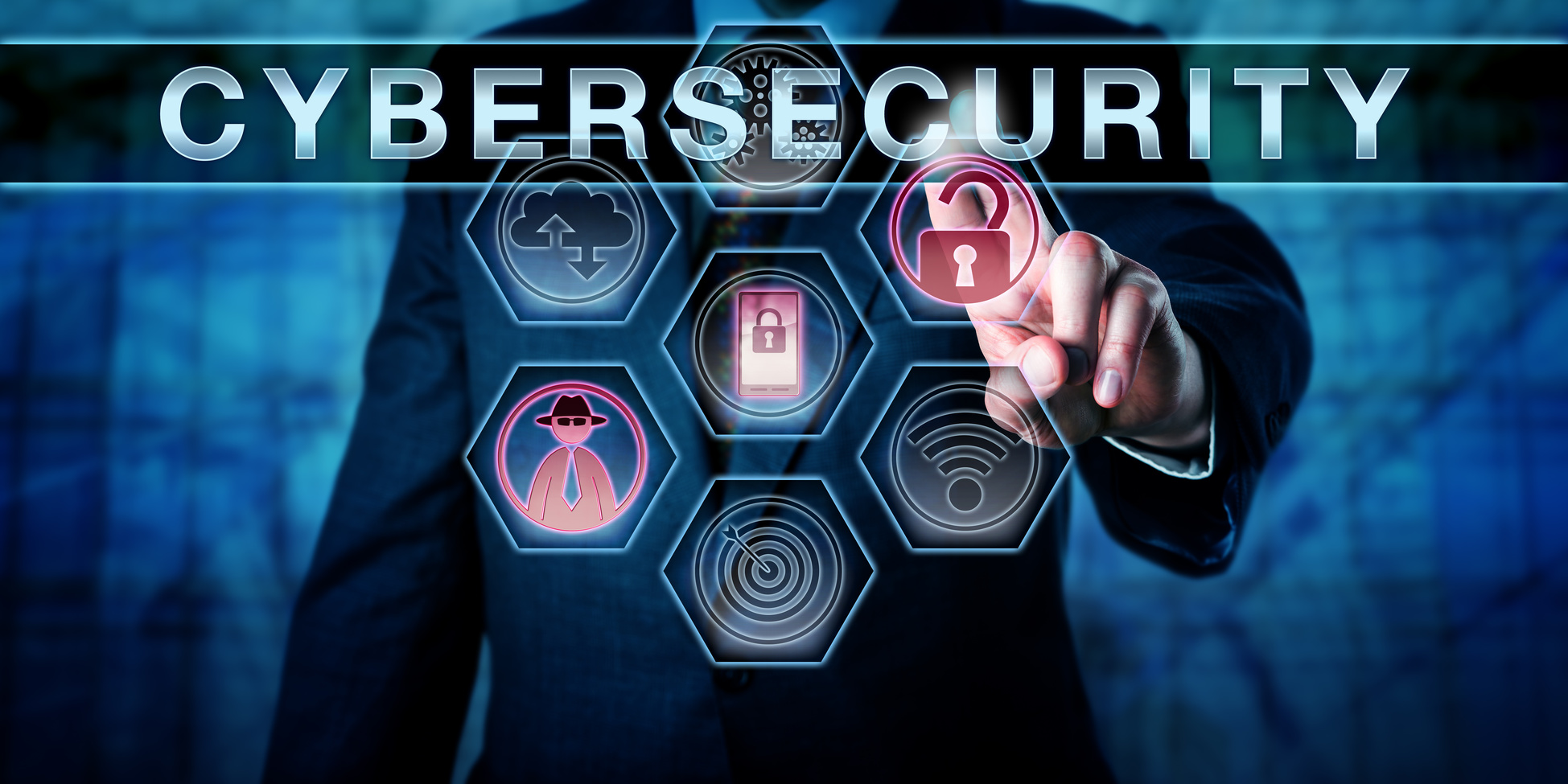We know. It’s a scary world out there.
It seems like every step you take can be uncertain and so can every move you make on the internet.
Every day you hear about how important it is to protect your personal information from identity theft or your business’ sensitive information.
We’ve already told you about the 8 Essential Cybersecurity Tools Your Business Needs. But do you know exactly what your business is defending itself from?
It’s okay, we’ll get through this together!
Come along as we go through the 13 cyber security terms that everyone should know.
Black Hat Hackers
When you think of hacking, in the classic terms, you are probably thinking of black hat hackers.
Wirey eyed tech pirates in dark rooms scrolling through information on their multiple computer screens looking for ways to crack your security codes in order to hold your personal information hostage.
Hollywood has been churning out movies about them for years. Even by name!
These hackers are the easiest to put a face on since they are proactively looking for ways to break through your cybersecurity to cause serious damage.
White Hat Hackers
On the other side of the spectrum, there are White Hat Hackers.
Think of them as the white blood cells of Cybersecurity. They hack into company’s systems to find out if there are ways they could be vulnerable to a cyber attack.
The importance of these noble hackers has increased more and more as businesses try to protect their information.
And some of them are rewarded handsomely as Kim Zetter reported to Wired “white hats can earn good money—anywhere from $500 to more than $100,000—by selling information about a vulnerability to companies that have bug bounty programs.”
It takes a hacker to know one and knowing the difference between these cybersecurity terms will help you to hire the right one if you ever need someone on your side.
Authentication
Out of all of the cybersecurity terms, this one relates most directly to you.
This is the step your security system goes through to correctly identify that the person accessing your information is actually allowed to see it.
This process is normally done through you choosing your own specific password or even by thumbprint or retina scan.
Encryption
Encryption relates to the protection of anything that you send to someone.
Whether it’s a video you have taken, photos of your newborn or just a silly cat meme, your computer codes this information so the person you are sharing it with is the only person who can access it.
This is what hackers are trying to break into in order to find sensitive information bank account numbers or social security numbers. This information is personal, and that’s why there has been a
This information is personal, and that’s why there has been a debate lately as to what constitutes as being private on your computer.
Botnet
This cybersecurity term refers to a network of computers that have been uploaded with malicious programs in order work around the clock to try and crack security codes.
These “bots” are also referred to as “zombies” since, you know, they are lifeless things that are trying to break through your security (eat your brains).
Brute Force Attack
This attack refers to either black hat hackers or botnets random attempts at guessing a business’s or an individual’s passwords.
Distributed Denial of Service (DDoS)
This type of cyber attack is the most common tactic that black hat hackers use to shut down a company’s web presence.
They incorporate multiple users and hosts to bombard a website with requests that freeze it and shut it down for a period of time.
These attacks have been happening on a large scale lately and have some of the world’s cybersecurity specialists worried.
Malware
Malware is “malicious software” that infects your computer or device in order to extract information and cripple its functions in order to hold you and your device ransom.
It can be installed on your device through bogus spam promotions found on the web or sent to you through email so be wary of anything that seems too good to be true or not legit!
Advanced Persistent Threat (APT)
Advanced Persistent Threats, or APTs, are attacks performed on a large scale usually by malware that has been installed in secret to topple a network or system over time.
These are possibly the scariest of all cyber attacks. As Forbes described them “oftentimes, the hacking groups behind high-profile mega breaches are more organized, better funded, better staffed and more experienced than the security teams of their targets”
Phishing
Phishing is when a hacker poses as a service provider and tries to get you to provide your username and password to your company’s login or to access your personal information.
Spoofing
We wish we could tell you that spoofing is a whimsical and funny as it’s normal definition. But alas, it is not.
Spoofing is when a hacker changes the IP address of an email to seem like it is coming from a different place than it actually is.
This is done in order to gain your trust so that you can offer up information you normally would not.
Man in the Middle Attack (MitM Attack)
Man in the Middle Attack’s is usually performed when a hacker is able to get ahold of your information by breaking through your WiFi’s encryption and snagging your personal messages.
So make sure you change your password to something other than “abc123”.
Darknet
Darknet is the scary outer region of the internet where most the illegal and evil things take place.
It’s an unpoliced section that is basically the internet’s black market for drugs, guns, and a resource for black hat hackers to find hacking software and leads from other hackers on sensitive information.
It’s a scary corner of the net and is crucial to understand when it comes to your cybersecurity.
There You Have it – the 13 cybersecurity terms that everyone should know – Now You will Never Feel Like you are Out of the Loop Again!
With knowing the terminology and the tools to implement to secure your business you will never have to worry about the threats lurking in the deep dark corners of the web.
If you have any questions regarding other cybersecurity terms you may come across, feel free to get in touch with us through out contact page and we will break it all down for you.
Stay safe out there!




